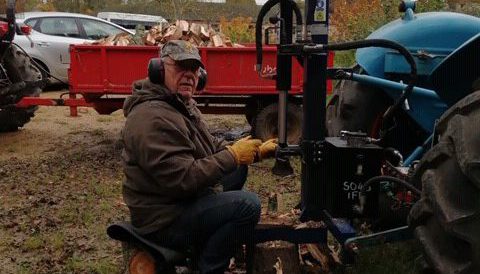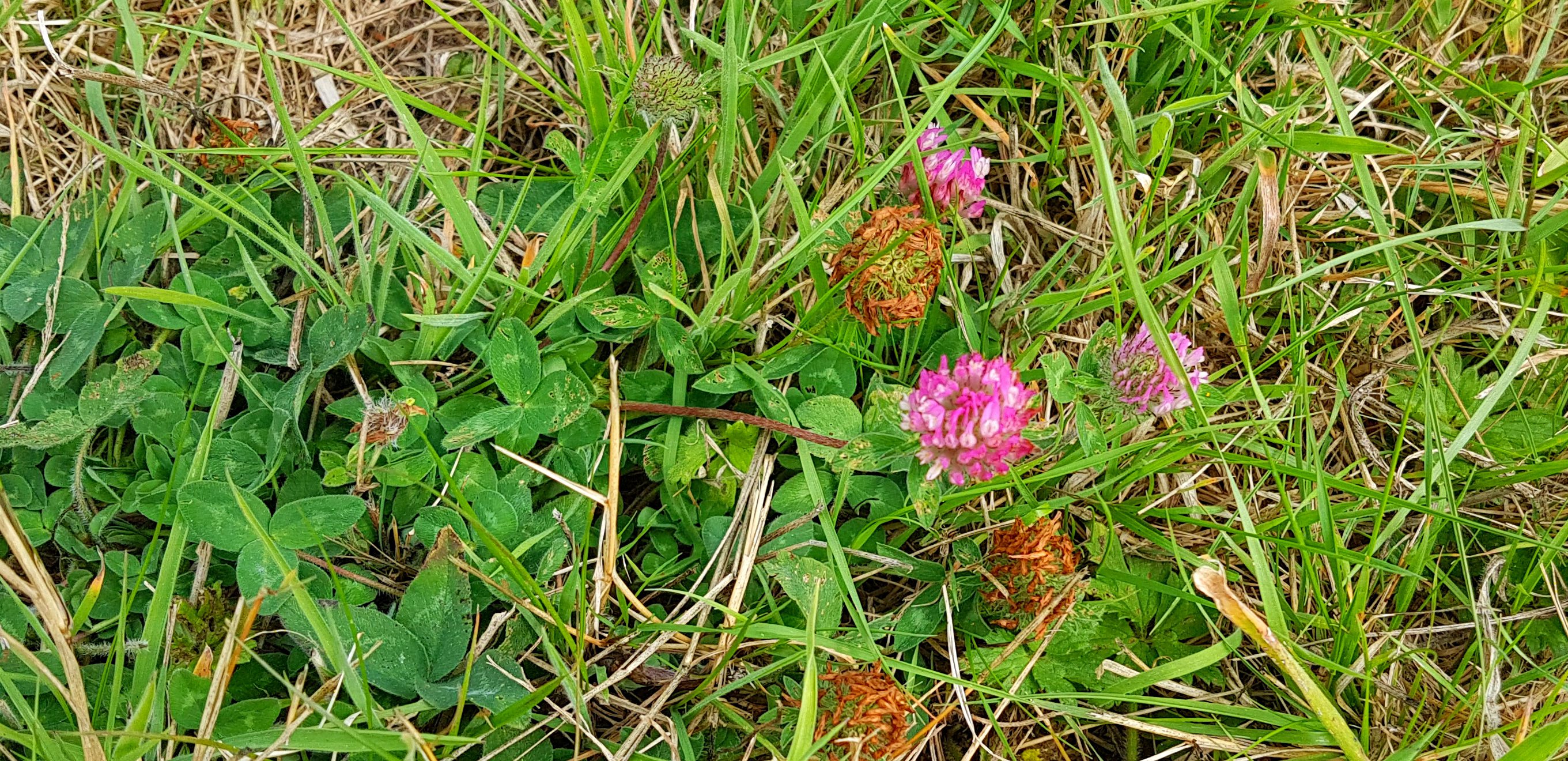 Staff Volunteer UpdatesA Day in the Life of Rick Withers – Maintenance TechnicianWednesday 20th November 2019Learn More
Staff Volunteer UpdatesA Day in the Life of Rick Withers – Maintenance TechnicianWednesday 20th November 2019Learn More
Uh Oh! You're using an old web browser
Please upgrade to a modern web browser to view this website.
Description
Tuesday 15th October 2019
Farmers all know the old saying: ‘in clover’, meaning a comfortable and luxurious existence. Clovers are members of the pea family with the ability to take nitrogen out of the air and create their own fertiliser using bacteria that live in tiny nodules on their roots. When the roots die, this fertiliser is also released to other plants. A mixed sward containing grass and clover provides grazing stock with extra protein-rich fodder and makes for nutritious hay.
There are two main clovers: white clover and red clover. White clover (Trifolium repens) has low growing, creeping stems which root as they spread. It can form large patches and it is useful for reducing soil compaction. Red clover (Trifolium pratense) is a taller, bushier plant with a long taproot, which draws up minerals from below. Both are very palatable to livestock and are devoured enthusiastically by sheep and cows. When they flower, they produce large quantities of nectar – great for local insects, including our honeybees.
So that’s why, a few weeks ago, you might have seen a whole load of us, in a long line, broadcasting a mix of red and white clover seed over our paddocks. We’re hoping that now the autumn rains have come, the seeds will germinate, increasing the productivity of our pastures and next year they’ll be buzzing with insects too. Here’s hoping we’ll all be in clover.
Owen Glyn Smith
Education Officer






